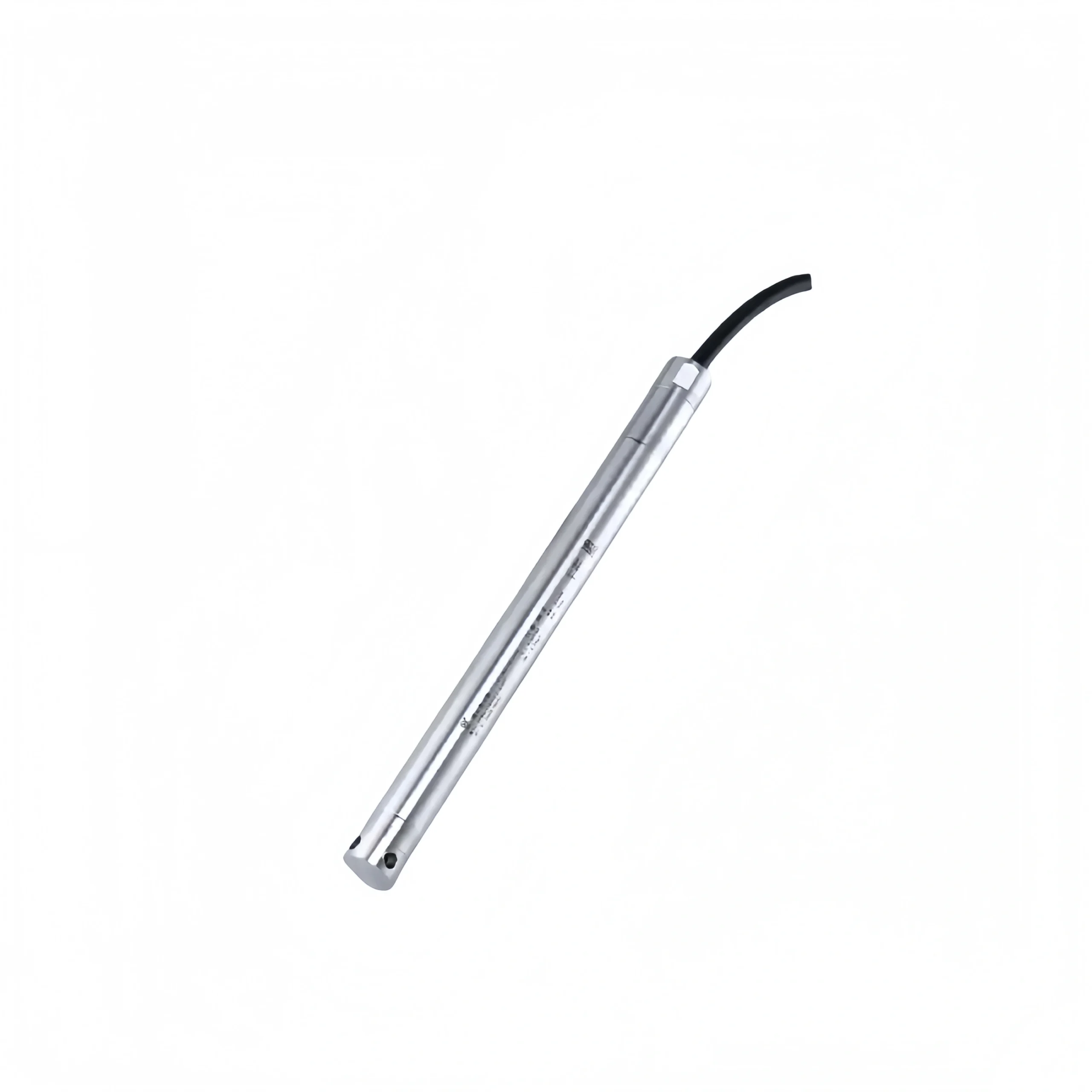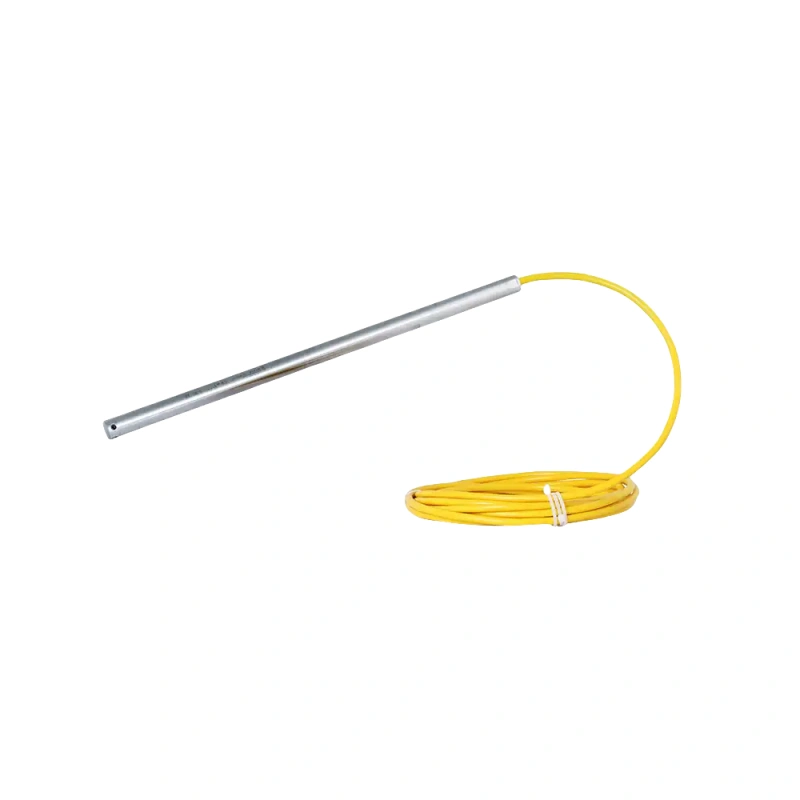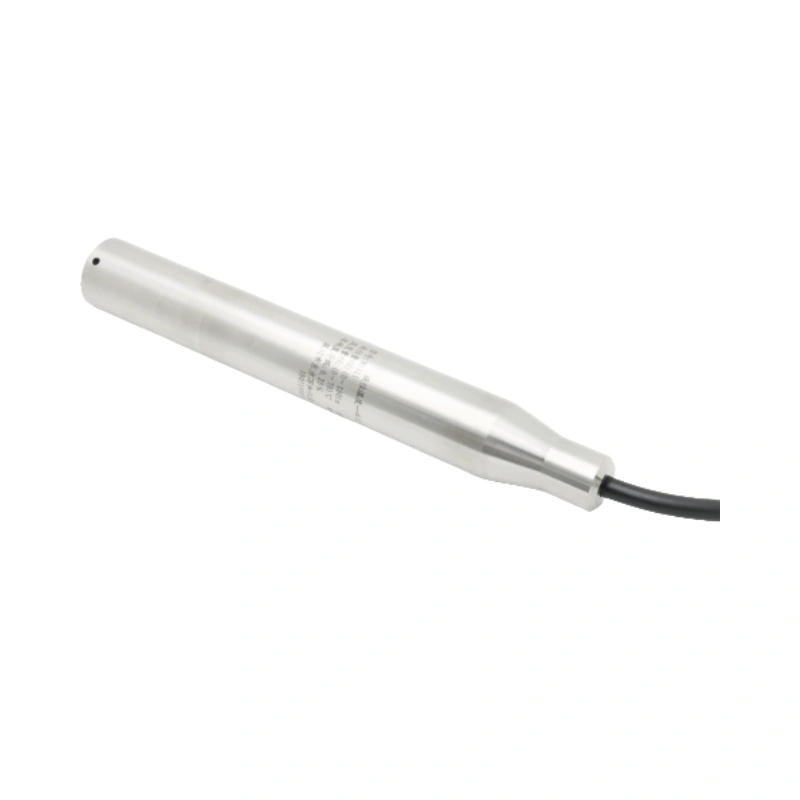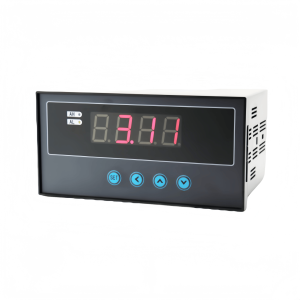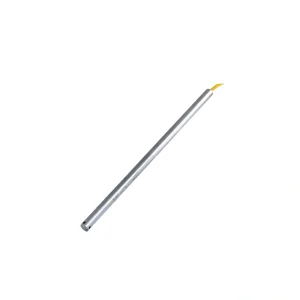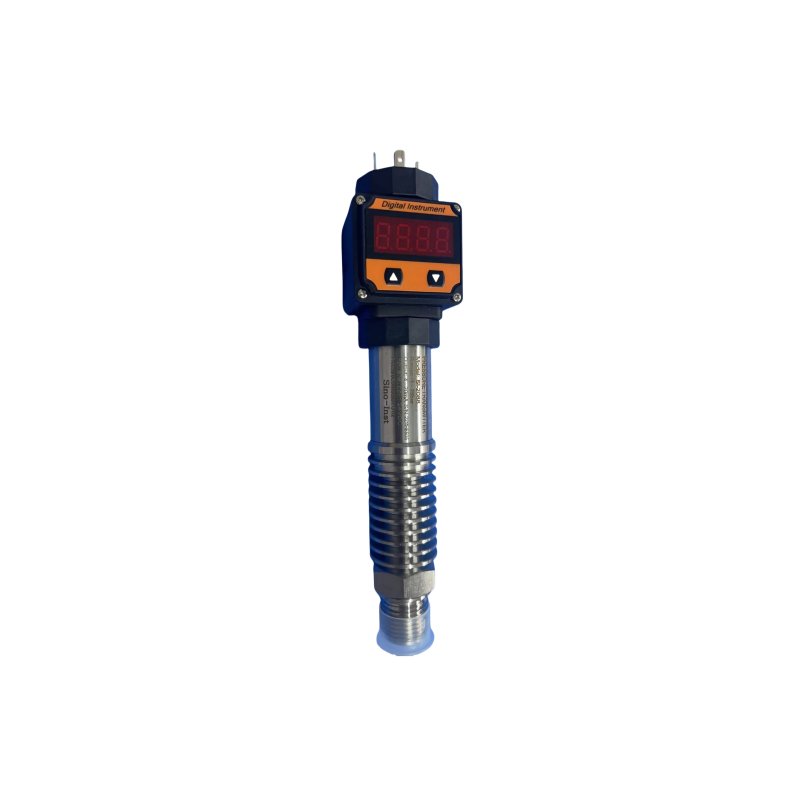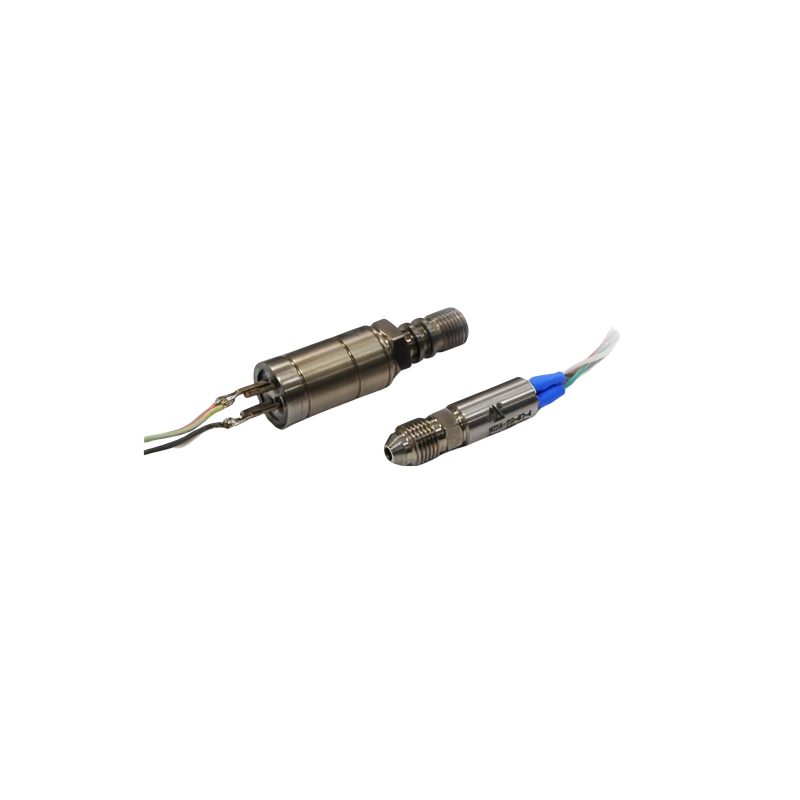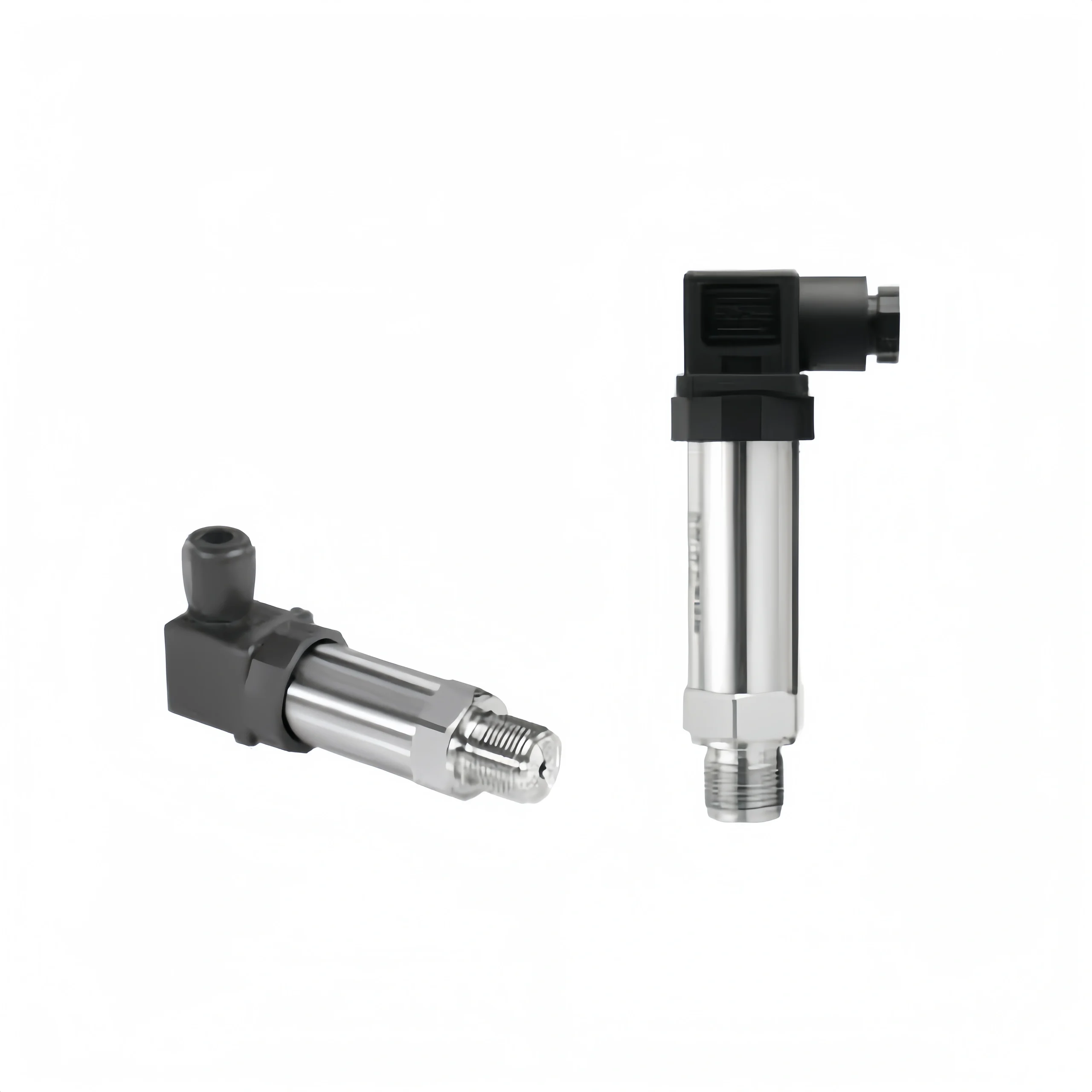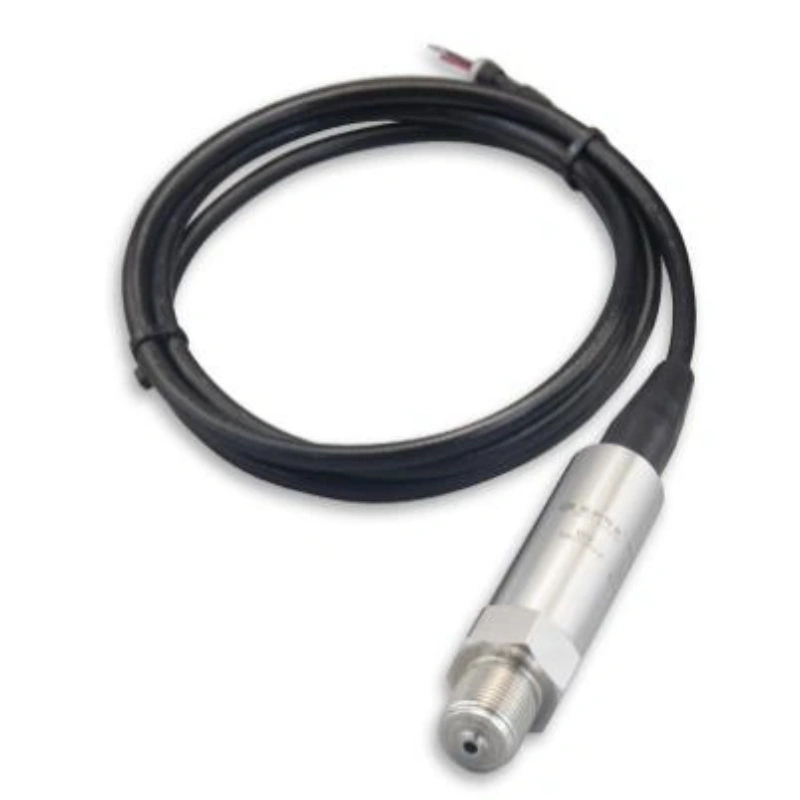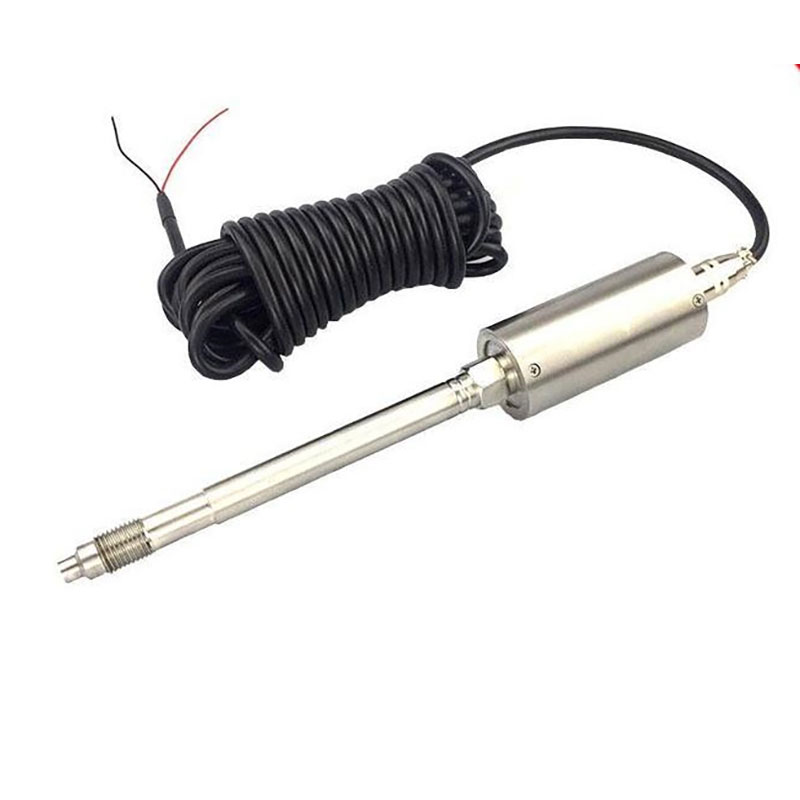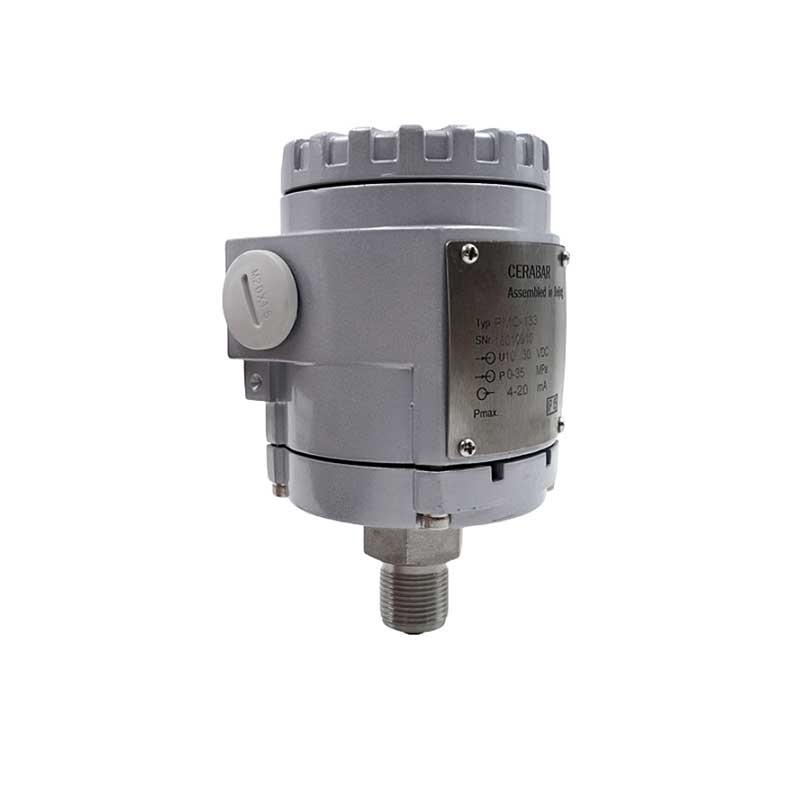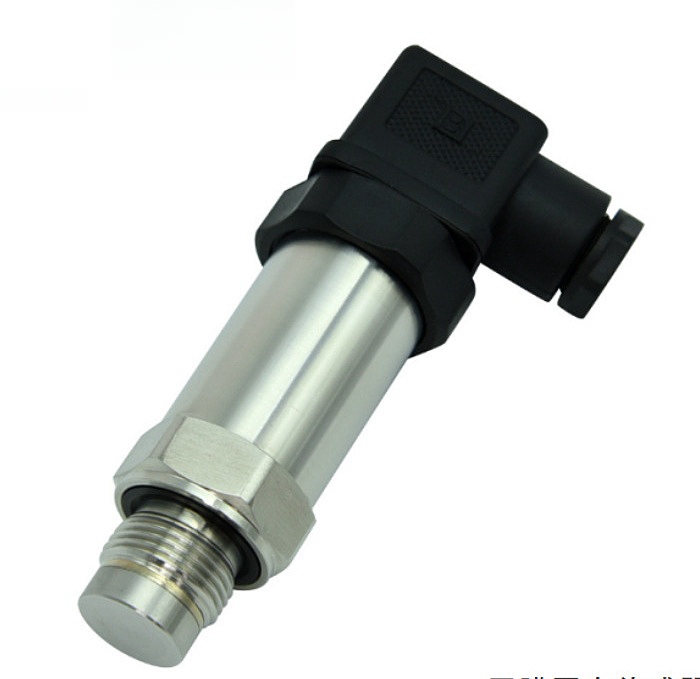How can the water level be measured in a deep well?
Before use, test the battery and sensor in a bucket or stream. Do not test directly down the well. When rewinding the cable, remove water, oil and dirt from the cable and sensor. If the water level meter is not to be used for three months or more, the power supply should be disconnected. In rare cases, the dissolved salt content of groundwater is very low and the working environment of the probe is harsh, but it does not affect the use. In these cases, CYW16 has extremely strong stability and reliability.
Sometimes the cable and probe will hang on something in the casing, which will cause the cable’s weight to drop suddenly (the cable becomes lighter). If this happens, pull the cable back a short distance and start to descend again. If you feel strong vibrations in the pipeline, immediately raise the pipeline and carefully lower it again.
After the above problems are solved, the sensor can be thrown into the bottom of the well. If the sensor shakes during the throwing process, add counterweights. Then connect the output signal to the secondary instrument to display the real-time liquid level.
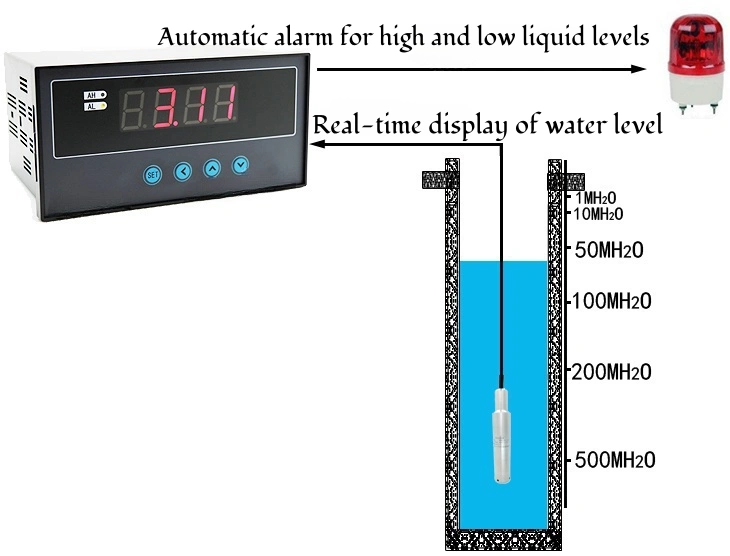
Deep Well Water Level Sensor Working Principle
The pressure-type deep well level gauge is designed based on the principle of static pressure, and its core formula is P=ρ·g·H (where P is the static pressure of the liquid, ρ is the density of the medium, g is the acceleration of gravity, and H is the liquid level). The sensor is placed at the bottom or side wall of the deep well. By measuring the static pressure generated by the liquid on the sensor, the pressure signal is converted into an electrical signal (such as 4- 20mA or digital signal), and then converted into a liquid level value by the signal processor.
The pressure formula of the sensor facing the liquid is: Ρ=ρgh + P1
Where:
P: The pressure on the sensor facing the liquid surface (for ease of understanding, the following is collectively referred to as pressure)
ρ: Density of the measured liquid (the default is 1g/cm³ during debugging)
g: Acceleration of gravity (the default is 9.8m/s² during debugging)
P1: Pressure in the cavity during packaging (≈101.3kPa)
h: Depth of the sensor immersed in the liquid


